Basilica Cistern
Subterranean water reservoir with 336 columns & Medusa heads
Subterranean water reservoir with 336 columns & Medusa heads
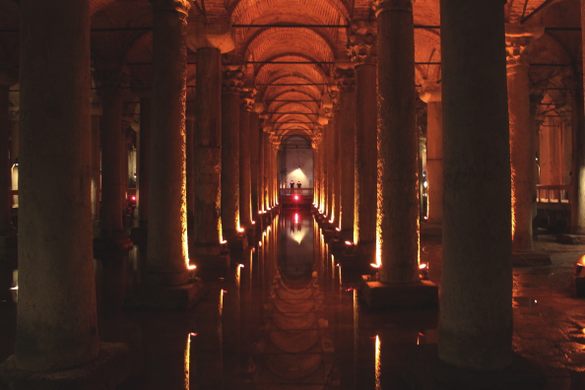
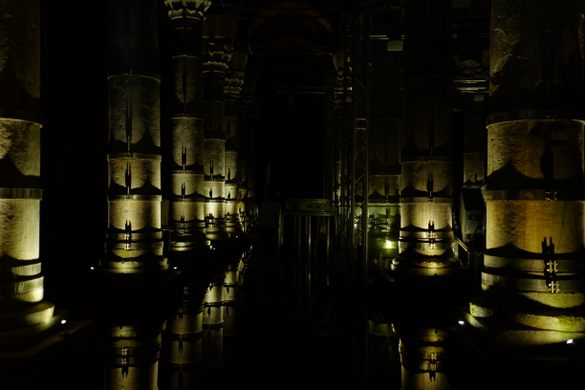

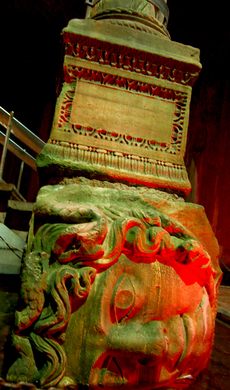
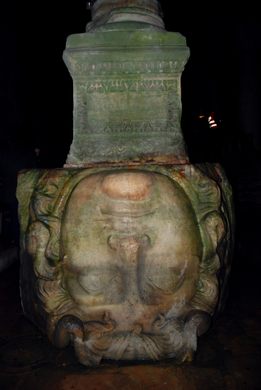

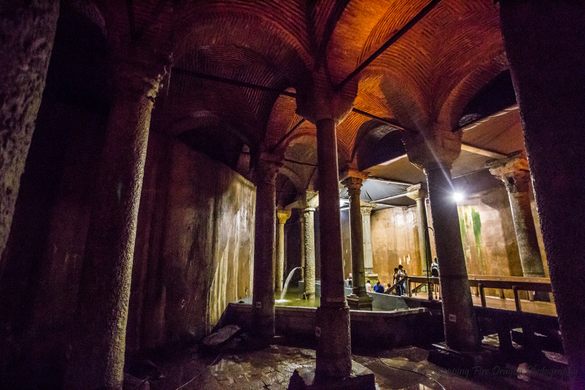

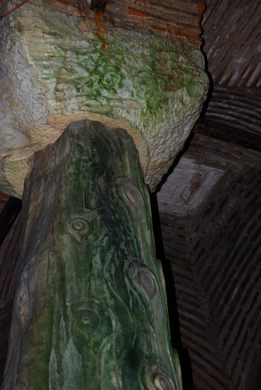


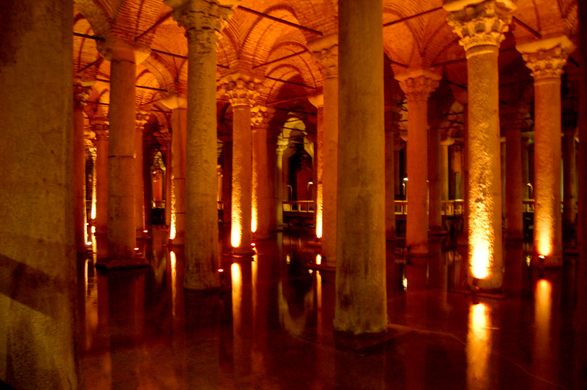
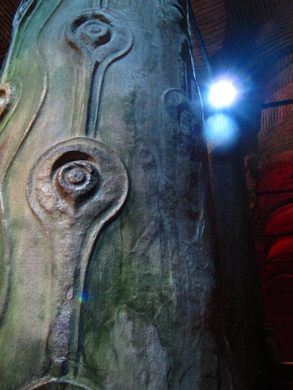
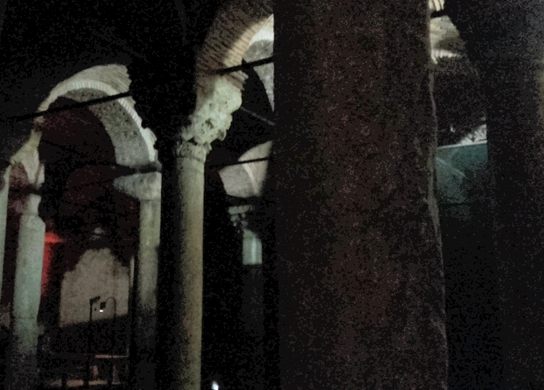
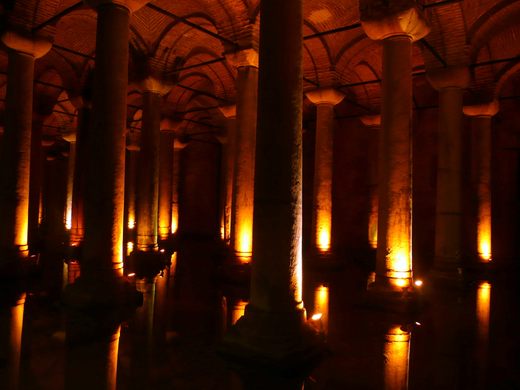









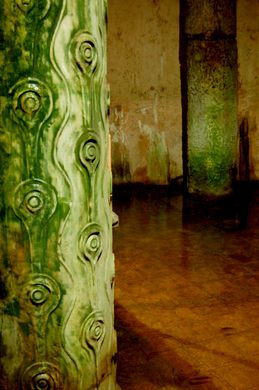

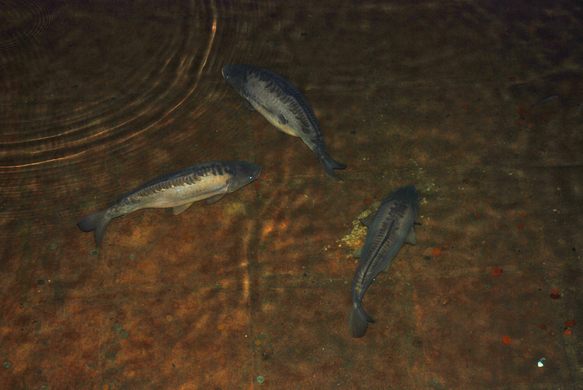



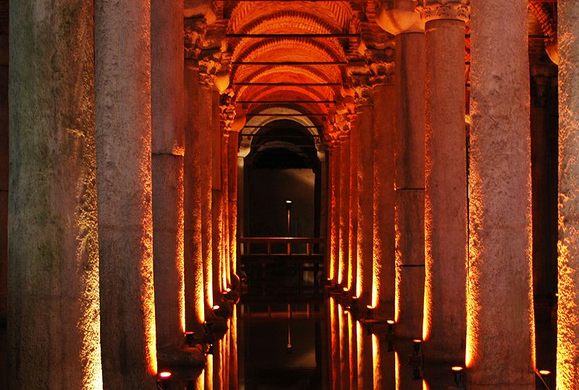
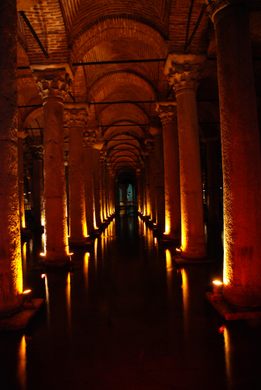











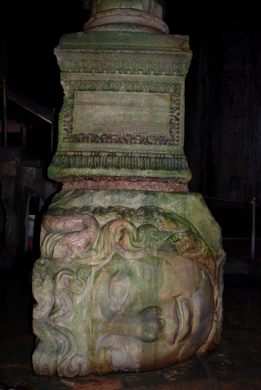



































"Built in the 4th century as the primary water reservoir for Constantinople, the Basilica Cistern is cathedral-esque, supported by 336 columns and capable of holding up to 17.5 million gallons of water, making it a striking subterranean masterpiece of engineering." - Meagan Drillinger Meagan Drillinger Meagan Drillinger left New York City for a life on the road. She has spent the majority of her career traveling and living in Mexico, and is passionate about seeing destinations in a slow-paced, immersive manner. Travel + Leisure Editorial Guidelines

"A Frenchman visiting Constantinople (now Istanbul) in the 1500s heard strange stories of locals drawing up fresh water and even fishing from holes in their cellars. Intrigued by these stories and the legends of great underground temples, he decided to explore. Upon further investigation, he found a subterranean marvel, the largest of the long-forgotten palatial cisterns of the Byzantine Empire. Fish swam in an artificial freshwater lake the size of two football fields and the vaulted brick ceilings were held up by 336 30-foot pillars scavenged from nearby Roman ruins. Amazingly preserved despite centuries of conflict and siege, the cistern was built in 532 by the Byzantine Emperor Justinian I to store fresh water for the palace and nearby buildings. Nicknamed Yearbatan Sarayi, or “The Sunken Palace” in Turkish, it is known in English as the “Basilica Cistern” because of its location on the site of an ancient basilica. When Justinian undertook the building of the cistern, Constantinople was still in the shadow of the devastating Nika Revolt which took place in January of that year. The Byzantine equivalent of soccer riots gone massively out of control, the revolt took place in the wake of a hotly contested chariot race and culminated in the burning of much of the imperial city, and the killing of 30,000 rioters by Justinian’s troops. The cisterns were built as part of the rebuilding efforts in the aftermath. In the past, visitors could rent a rowboat to float past the columns in the dripping gloom. Restorations in the late 1980s dredged the silted-in floor and added lighting, elevated walkways, and a cafe for visitors. There are still fish in the now-shallow water, helping to keep the water clear. The two giant Gorgon-head pillar bases at the far end of the cistern are an intriguing mystery. It is suspected that they may have been pulled out of an older pagan temple, where motifs of the famous Gorgon Medusa were used as a protective emblem. It is possible that the placement of these two faces—upside down and sideways, at the base of pillars—may have been a deliberate display of the power of the new Christian Empire. Or it’s possible that the stones were just the right size. The Atlas Obscura Podcast is a short, daily celebration of all the world’s strange and wondrous places. Check out this episode about the Basilica Cisterns of Istanbul." - ATLAS_OBSCURA


"A Frenchman visiting Constantinople (now Istanbul) in the 1500s heard strange stories of locals drawing up fresh water and even fishing from holes in their cellars. Intrigued by these stories and the legends of great underground temples, he decided to explore. Upon further investigation, he found a subterranean marvel, the largest of the long-forgotten palatial cisterns of the Byzantine Empire. Fish swam in an artificial freshwater lake the size of two football fields and the vaulted brick ceilings were held up by 336 30-foot pillars scavenged from nearby Roman ruins. Amazingly preserved despite centuries of conflict and siege, the cistern was built in 532 by the Byzantine Emperor Justinian I to store fresh water for the palace and nearby buildings. Nicknamed Yearbatan Sarayi, or “The Sunken Palace” in Turkish, it is known in English as the “Basilica Cistern” because of its location on the site of an ancient basilica. When Justinian undertook the building of the cistern, Constantinople was still in the shadow of the devastating Nika Revolt which took place in January of that year. The Byzantine equivalent of soccer riots gone massively out of control, the revolt took place in the wake of a hotly contested chariot race and culminated in the burning of much of the imperial city, and the killing of 30,000 rioters by Justinian’s troops. The cisterns were built as part of the rebuilding efforts in the aftermath. In the past, visitors could rent a rowboat to float past the columns in the dripping gloom. Restorations in the late 1980s dredged the silted-in floor and added lighting, elevated walkways, and a cafe for visitors. There are still fish in the now-shallow water, helping to keep the water clear. The two giant Gorgon-head pillar bases at the far end of the cistern are an intriguing mystery. It is suspected that they may have been pulled out of an older pagan temple, where motifs of the famous Gorgon Medusa were used as a protective emblem. It is possible that the placement of these two faces—upside down and sideways, at the base of pillars—may have been a deliberate display of the power of the new Christian Empire. Or it’s possible that the stones were just the right size. The Atlas Obscura Podcast is a short, daily celebration of all the world’s strange and wondrous places. Check out this episode about the Basilica Cisterns of Istanbul." - ATLAS_OBSCURA


"An underground water storage facility in Istanbul, it is known for its larger-than-life, upside-down Medusa heads and was built in the sixth century A.D. by the Byzantine emperor Justinian." - Michaela Trimble

"An Underground Wonder A city as ancient as Istanbul has many layers of history, and you’ll have to go below the surface to see the Basilica Cistern, the largest of the underground cisterns. Built in the sixth century for the Byzantine emperor Justinian, the atmospheric reservoir is supported by 336 columns, many of which have been repurposed from other ruins over the centuries. The Medusa-head column bases are a favorite to photograph, along with the carp that swim silently in the dimly lit waters. The cistern is located between the Blue Mosque and Hagia Sophia, and the best time to visit is simply whenever the line looks short, especially on a hot summer day—it’s always cooler underground."
